Splitting wood is a skill as old as civilization itself, but even the most seasoned woodsmen can benefit from refining their technique. Whether you’re preparing firewood for winter or managing a homestead, choosing the right method can save time, effort, and your back.
In this guide, we’ll cover the most common and effective ways to split wood, along with the tools and techniques that maximize efficiency and safety.
Why Splitting Wood Properly Matters
Before diving into techniques, let’s cover why it’s worth learning proper wood-splitting methods:
-
Efficient burning: Properly split wood dries faster and burns cleaner.
-
Storage: Split logs stack more compactly.
-
Safety: The right method reduces injury risk and strain on the body.
-
Tool longevity: Using correct techniques extends the life of your axe or splitting tool.

1. Vertical Splitting with a Splitting Axe or Maul
Best for: Firewood preparation, larger logs
Using a splitting axe or splitting maul, vertical splitting is the most traditional and widely used method. The goal is to split logs along the grain while they stand upright on a chopping block.
How to Do It:
-
Place the log upright on a sturdy block.
-
Identify natural cracks or the center of the grain.
-
Grip the handle firmly with both hands, keeping your dominant hand near the base.
-
Swing overhead and aim for the center or a visible crack.
💡 Tip: Let the weight of the tool do the work — especially with mauls.
2. Horizontal Splitting on a Sawhorse (Norwegian Method)
Best for: Controlled splitting of smaller logs, DIY indoor firewood prep
This method involves laying the log horizontally on a sawhorse and striking it from the top. It’s used commonly in Nordic countries where precision and comfort are prioritized.
How to Do It:
-
Secure the log horizontally on a sturdy sawhorse.
-
Use a lighter splitting axe or carpenter's axe.
-
Strike along the grain from top down in a controlled fashion.
💡 Tip: Use this method for kindling or if working in a confined space.
3. Wedge and Sledge Technique
Best for: Tough, knotty, or oversized rounds
When an axe or maul isn’t enough, the wedge and sledge method provides extra force to split stubborn logs.
How to Do It:
-
Drive a metal splitting wedge into a natural crack in the log.
-
Strike the wedge with a sledgehammer or heavy maul until the log splits.
-
Use additional wedges if needed to complete the split.
💡 Tip: This method is ideal for rounds too large for handheld tools.
4. Using a Wood Splitting Cone (Screw Splitter)
Best for: Small home setups with access to power tools
Mounted on a drill or hydraulic machine, the cone-shaped screw splitter drives itself into the wood and splits it apart.
How to Do It:
-
Mount the screw cone onto a compatible drill or log splitter base.
-
Press the spinning cone into the center of the log.
-
Let the torque and design of the cone split the log.
💡 Tip: Use with caution. Ensure you’re wearing eye protection and gloves.
5. Hydraulic or Kinetic Log Splitters
Best for: High-volume, low-effort splitting
If you regularly split cords of wood, a mechanical log splitter is a worthwhile investment. These machines use either hydraulic or kinetic energy to drive a steel wedge into logs.
Pros:
-
Minimal physical effort
-
Fast, repeatable results
-
Safer for those with limited mobility
6. The Quick-and-Dirty “Bash and Drop” Method
Best for: Campers or backwoods users without a chopping block
Lay a log horizontally and slam it against a sharp rock or hard surface to crack it. Alternatively, throw it onto a stump or log corner to initiate a split.
⚠️ Warning: This method is rough on tools and your body. Use only in survival or camping situations.
Final Tips for Successful Splitting
-
Dry your wood: Seasoned wood splits much easier than green wood.
-
Use a chopping block: It protects your tools and improves efficiency.
-
Know your grain: Always strike with the natural direction of the grain.
-
Stay sharp: Keep your axe or maul edge maintained.
Recommended Tools from Axeman.ca
Looking to upgrade your gear? Here are some top choices from our shop:
Conclusion
Whether you're an off-grid homesteader or a weekend camper, knowing the right wood-splitting method for your environment and tools can transform a chore into a satisfying ritual. At Axeman.ca, we’re proud to supply premium tools that make every swing count.
Want more tips? Subscribe to our newsletter or check out our blog archive for more insights.


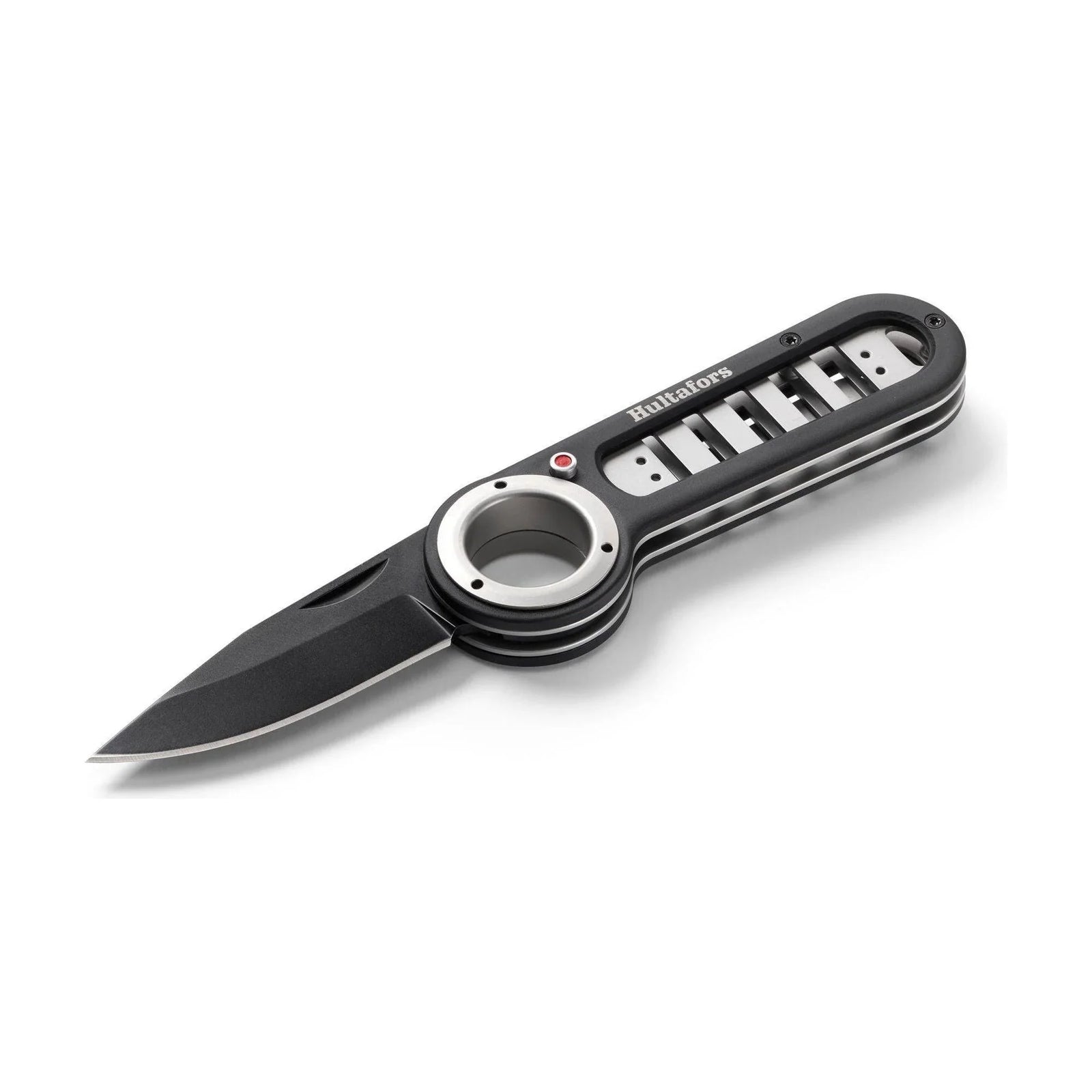
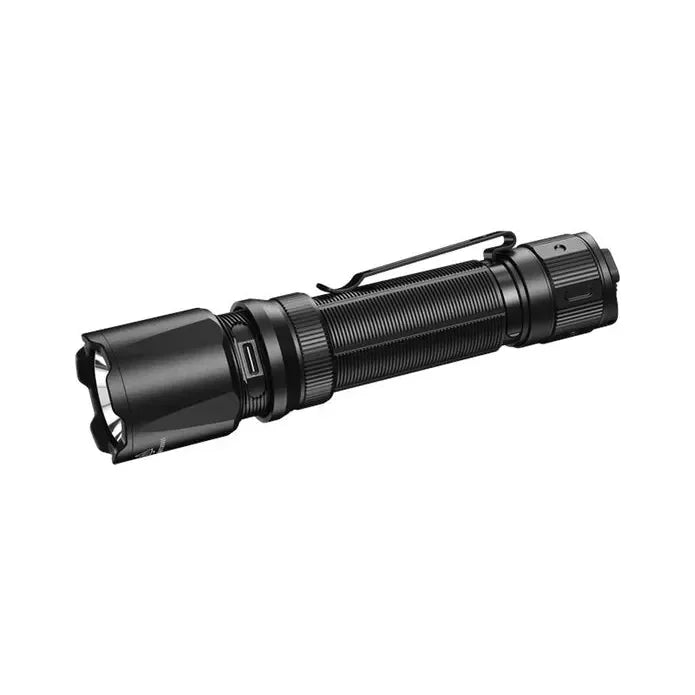
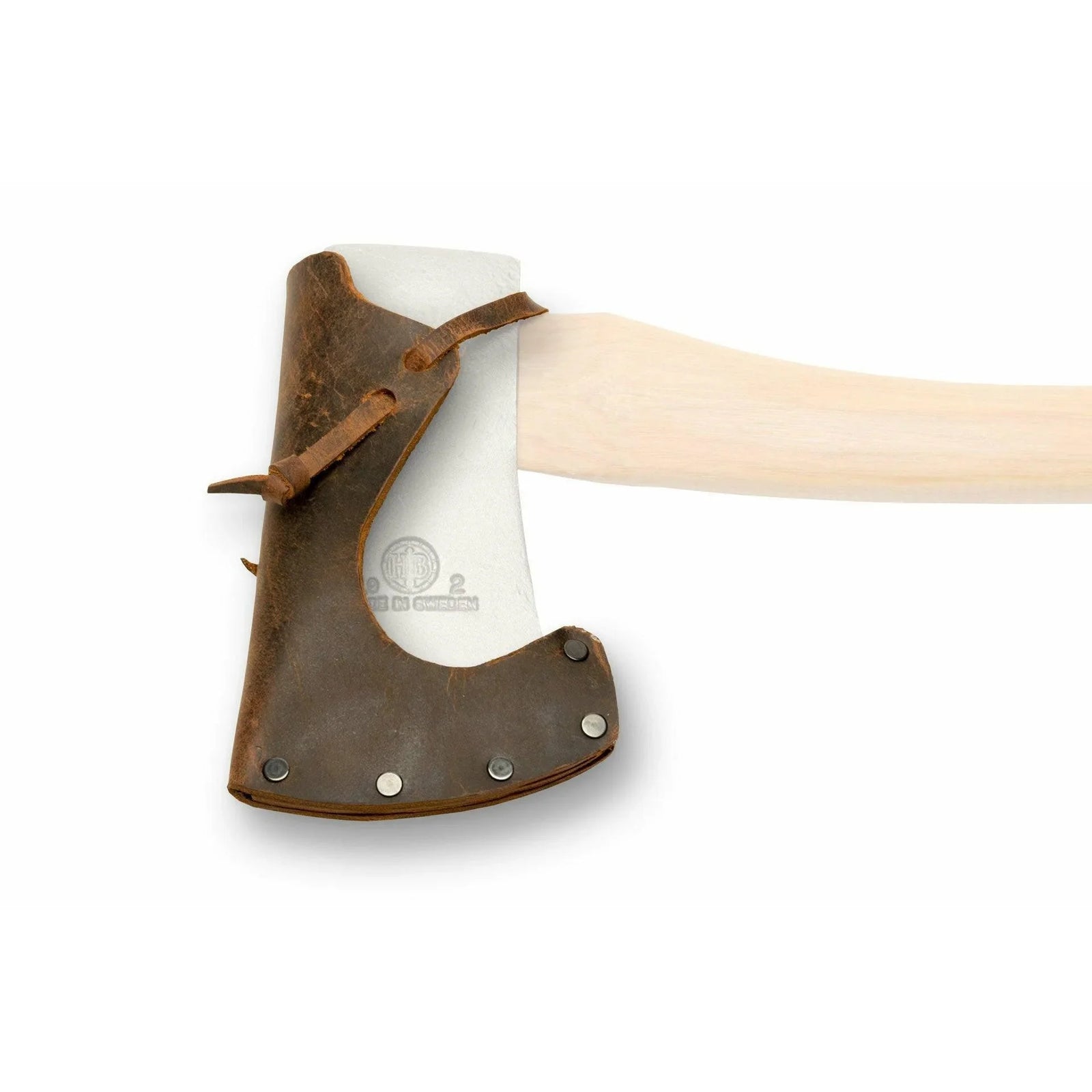
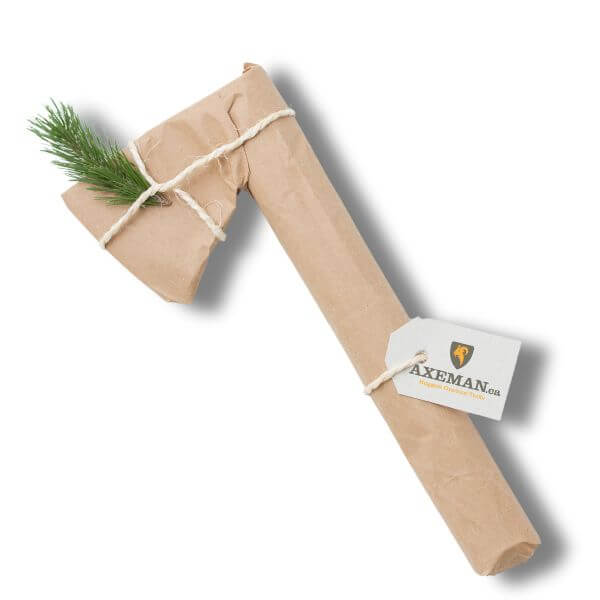


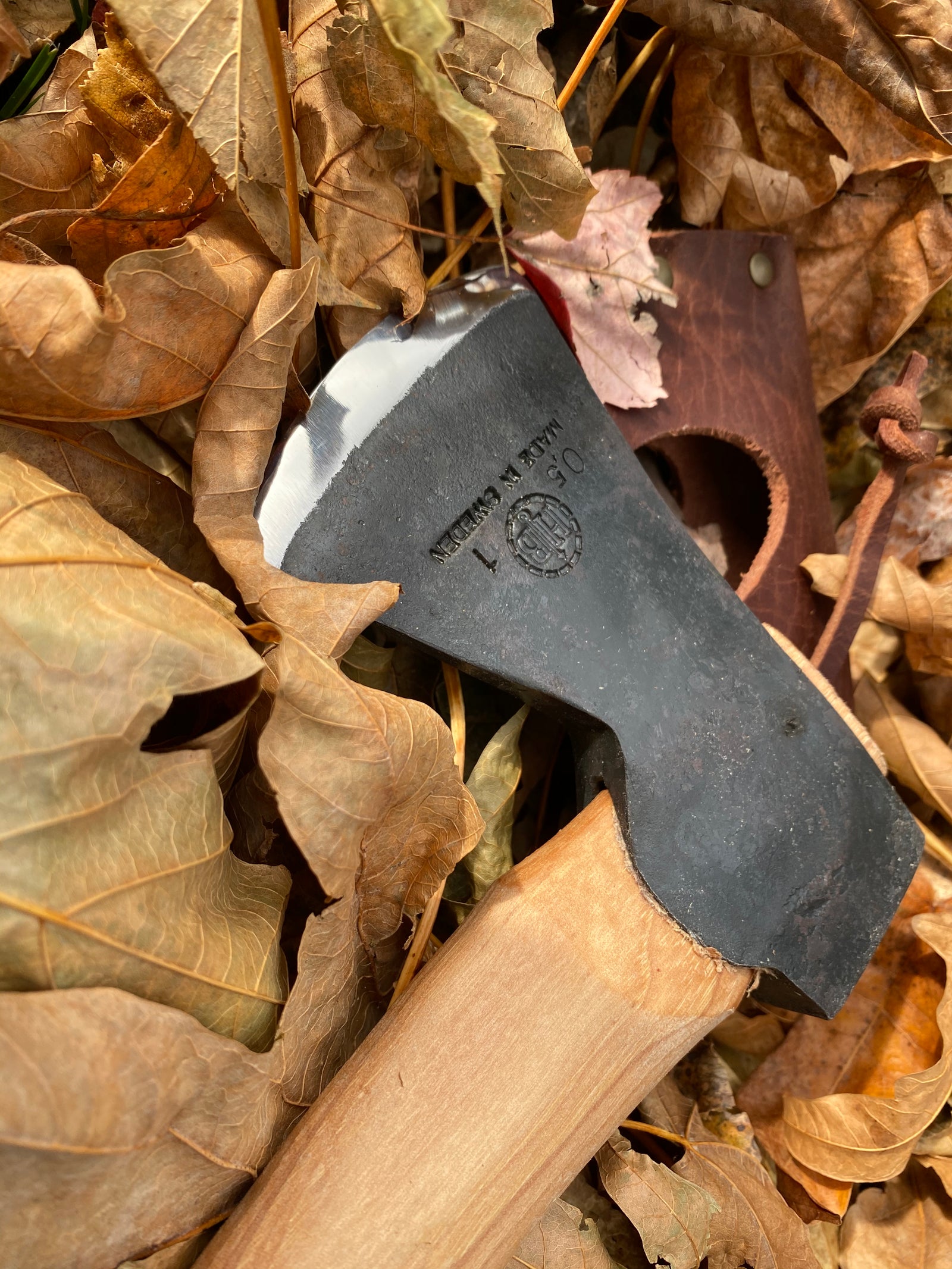



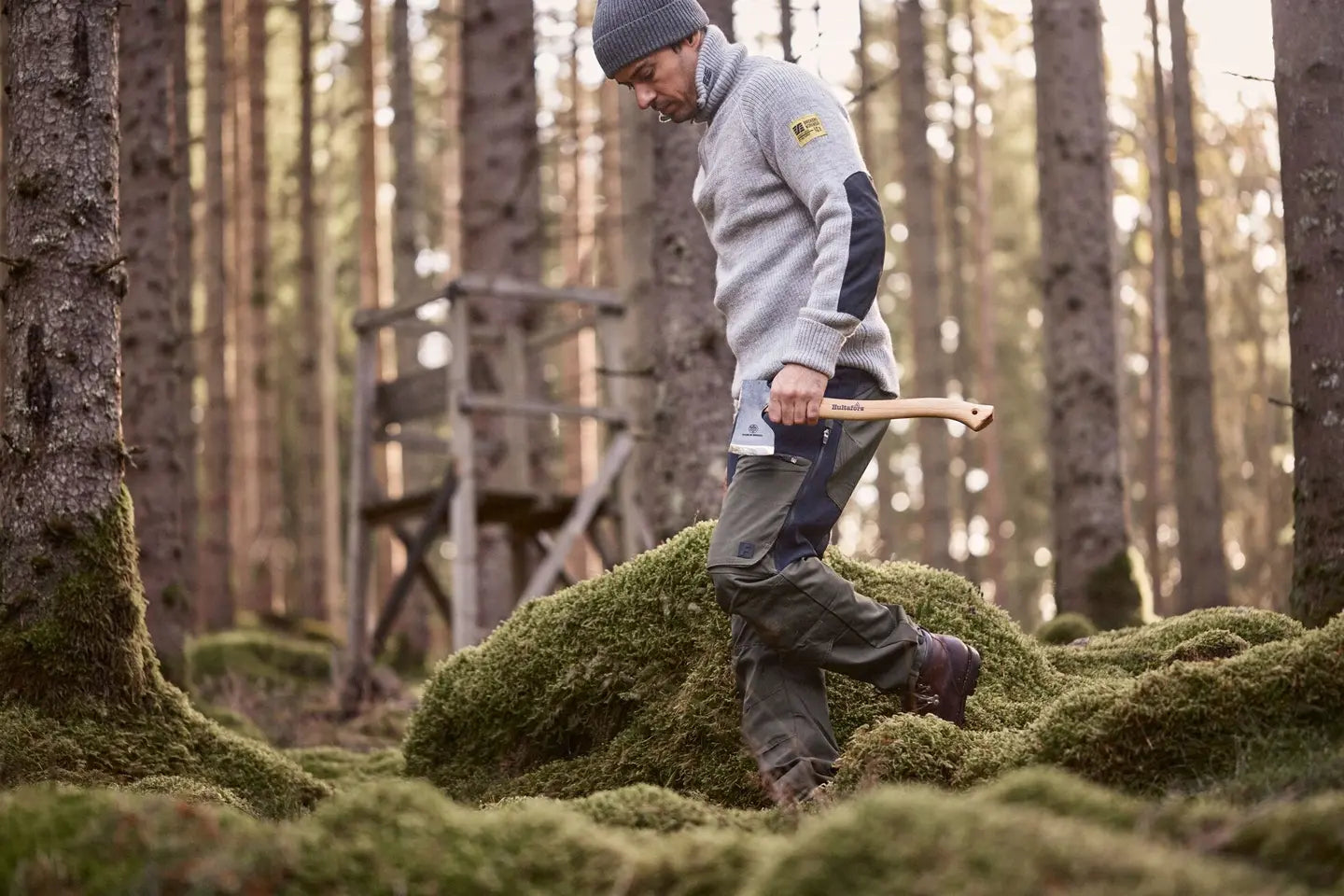
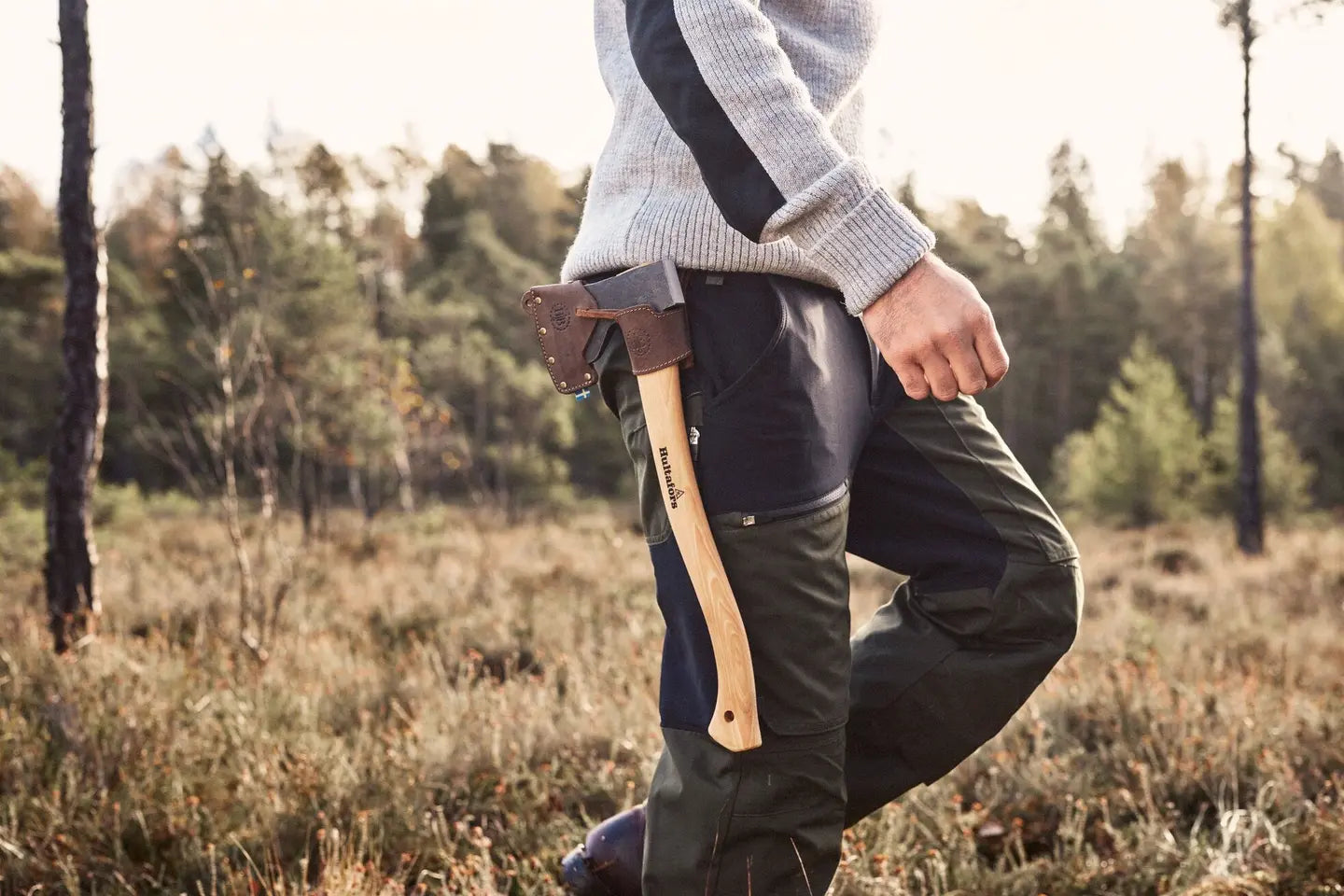
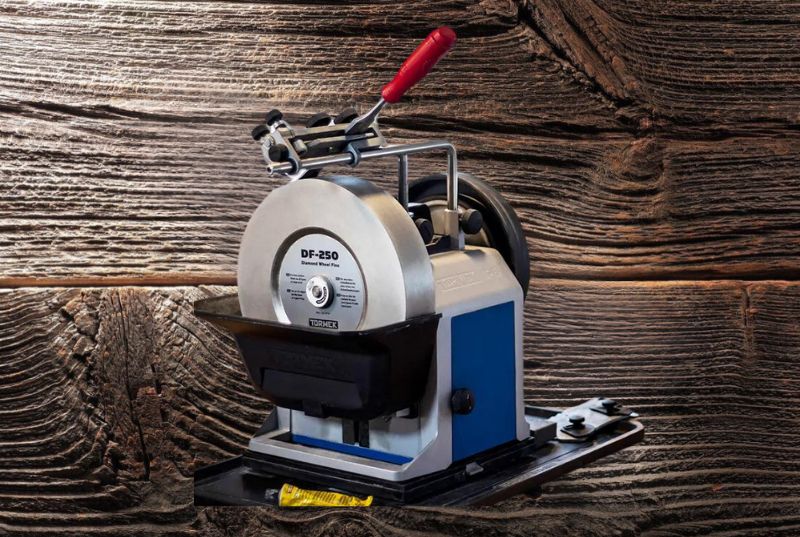
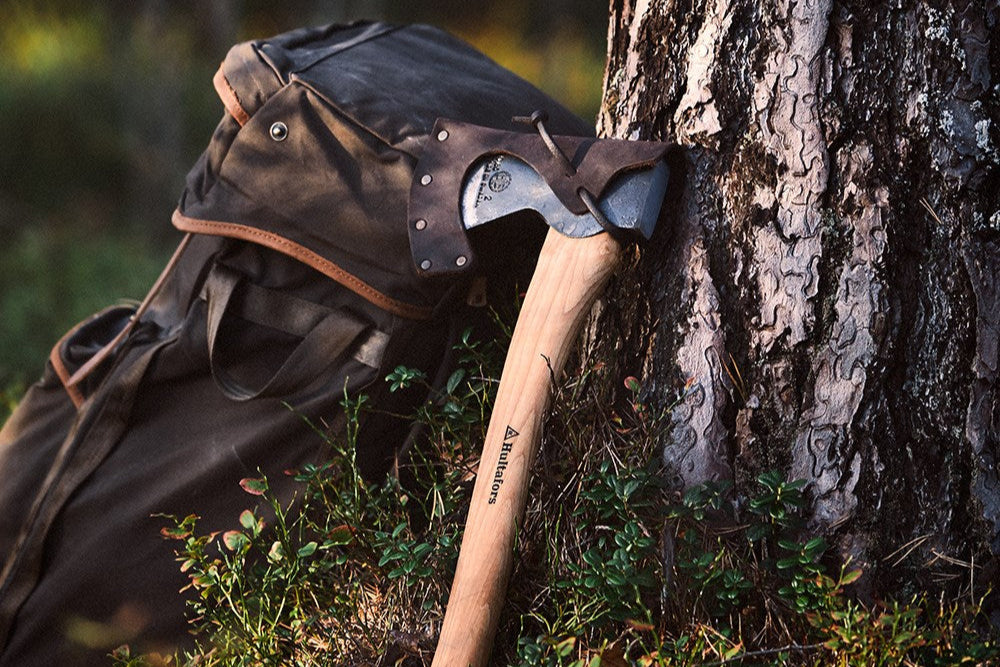




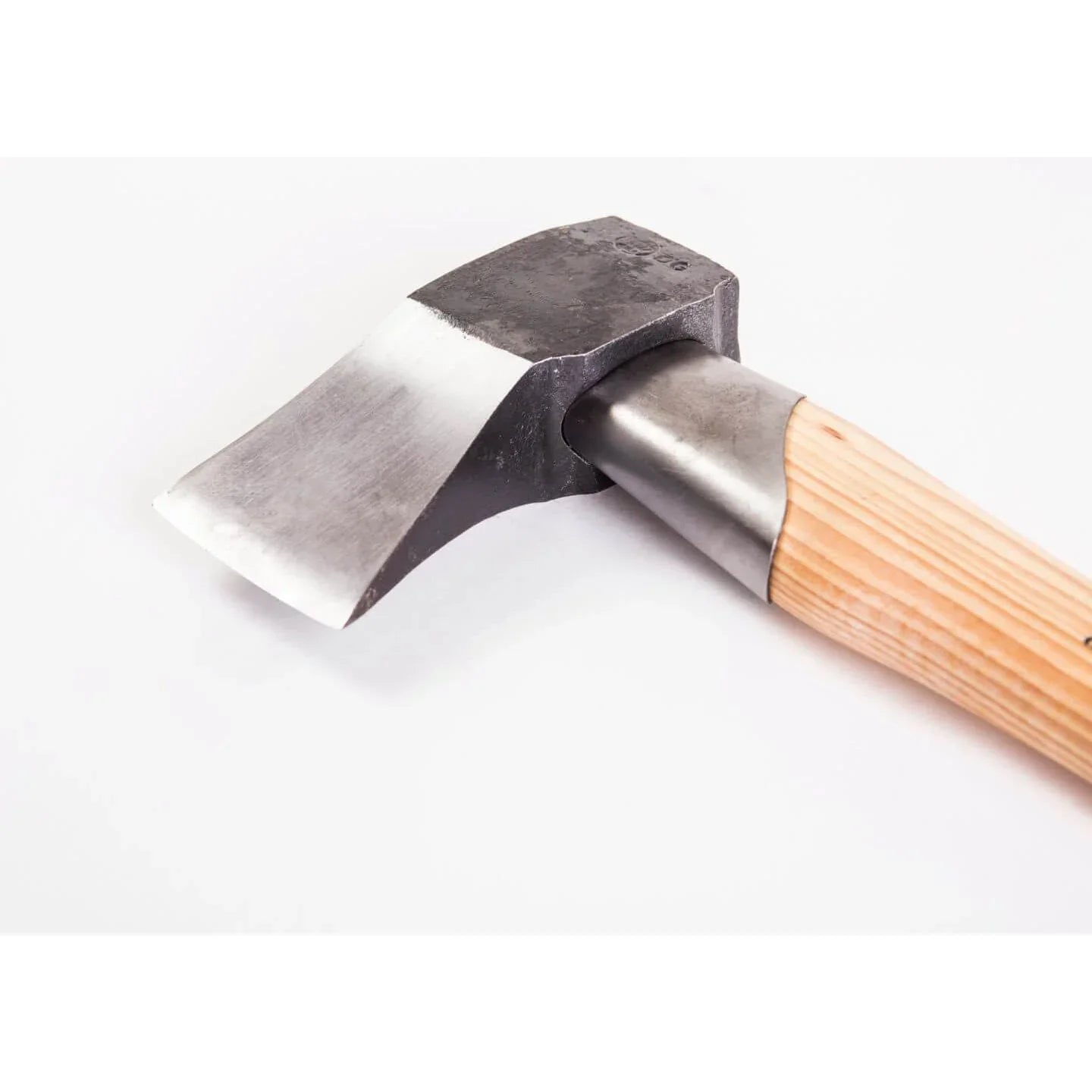



Leave a comment (all fields required)